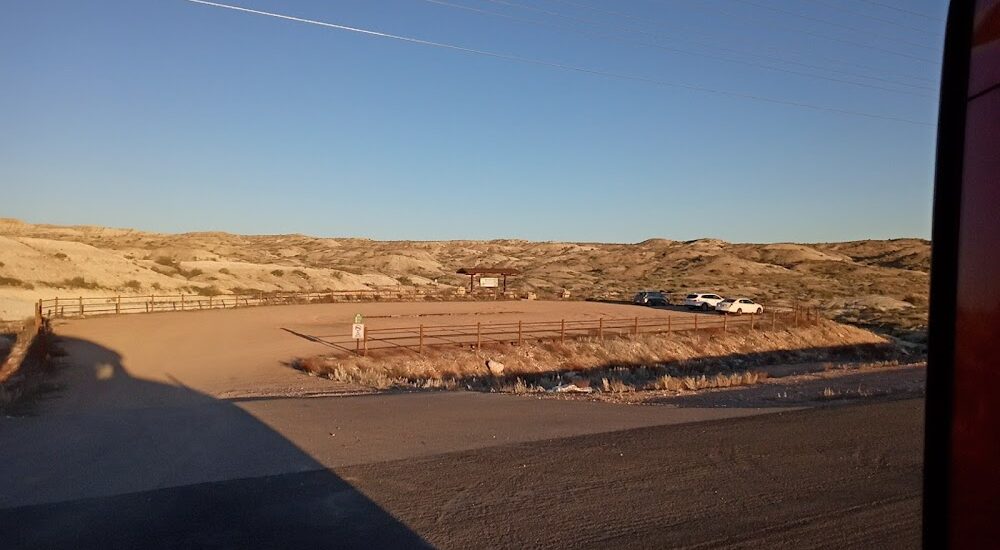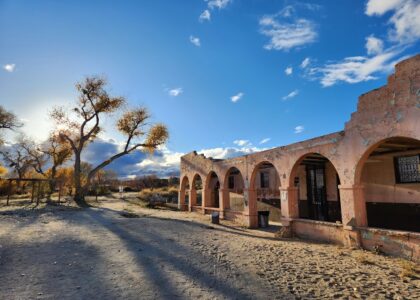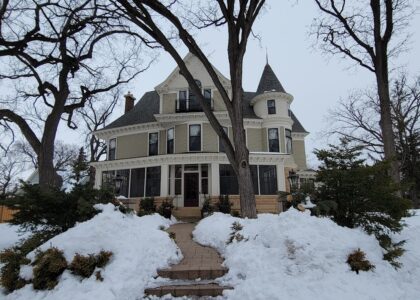Welcome to White Dome, a fascinating historical landmark nestled in the unique landscapes of St. George, Utah. While the White Dome itself doesn’t offer a rich tapestry of human history like other well-known monuments, it stands as an important point of interest due to the surrounding area’s unique biodiversity, particularly the dwarf bear poppy, a plant endemic to Washington County.
The story of this region begins with the indigenous peoples who once inhabited these lands. The Paiutes, known for their peaceful ways, thrived in the Virgin River Valley for generations, living off the land and adapting to the harsh desert climate. The arrival of European settlers in the 18th and 19th centuries marked significant change. Explorers like Jedediah Smith passed through the region, paving the way for future settlers.
St. George itself was established in the 1860s as part of the Latter-day Saints’ mission to expand their settlements in the Utah territory. Brigham Young, the second president of the Church of Jesus Christ of Latter-day Saints, directed this effort, drawing settlers to the area with promises of fertile land for agriculture, despite its challenging climate.
A notable historical figure associated with St. George is Wilford Woodruff, a leader of the LDS Church who played a key role in the early development of the community. His influence extended to many aspects of life in St. George, including the construction of the St. George Temple, which remains a significant landmark today.
In modern times, the area around White Dome has become a focal point for conservation efforts. The dwarf bear poppy, first listed as a federally endangered species in 1979, faces threats from urban development and recreational activities. Local conservation groups are actively working to preserve this unique species, making the area not only a spot of historical interest but also a modern-day environmental story.
Whether you’re driving by, walking through, or exploring remotely, White Dome and its surroundings offer a glimpse into the natural and cultural history of southern Utah, highlighting the ongoing relationship between humans and the environment.




